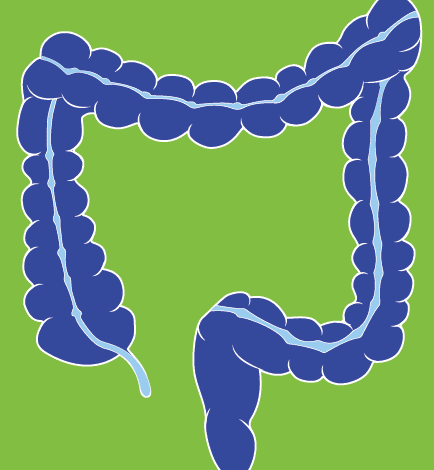School’s out and it’s time for your kids to enjoy the sunshine and fun! It’s important to know about common skin rashes in kids. Skin rashes can be concerning, but most of them are harmless and can be treated easily. We’ll focus on insect bites, poison ivy, and a contagious skin condition called impetigo. We’ll also provide some helpful tips to prevent kids from scratching and making things worse.
Insect Bites
Insects like mosquitoes and fleas can leave itchy bites on your child’s skin. Here are a few things you can do to prevent them:
- Dress your child in long-sleeved shirts and long pants when they are playing outside, especially in grassy areas.
- Apply an insect repellent with DEET (a chemical that keeps insects away) on exposed skin.
- Use mosquito nets on strollers and beds to protect your child while they sleep.
- Avoid leaving stagnant water around your home, as it can attract mosquitoes.
If your child gets bitten, try not to scratch the affected area. Instead, you can apply a cold compress or use an over-the-counter anti-itch cream to relieve the itchiness. If the bite looks infected or gets worse, consult a doctor.
Poison Ivy
Poison ivy is a plant that can cause a red, itchy rash when touched. Teach your child to identify and avoid it. Here’s what you can do:
- Teach your child to recognize poison ivy by its three shiny leaves.
- Encourage your child to wear long sleeves, long pants, and closed-toe shoes when playing in areas where poison ivy may be present.
- After outdoor activities, make sure your child washes their hands and body with soap and water to remove any potential plant oils.
If your child comes into contact with poison ivy, try to wash the affected area with soap and water as soon as possible. Calamine lotion or over-the-counter hydrocortisone cream may help reduce itching. Remember, scratching can spread the rash and make it worse.
Impetigo
Impetigo is a contagious skin infection caused by bacteria. It can appear as red sores that ooze and form yellowish crusts. To prevent the spread of impetigo:
- Encourage your child to wash their hands regularly with soap and water.
- Teach them to avoid touching or scratching their sores.
- Keep your child’s fingernails trimmed short to reduce the risk of scratching and spreading the infection.
If you suspect your child has impetigo, it’s essential to consult a healthcare professional for proper diagnosis and treatment. Antibiotic ointments or oral antibiotics may be prescribed to help clear the infection.
Preventing Scratching
It can be challenging for kids to resist scratching, but scratching can lead to infections and make rashes worse. Here are a few strategies to help prevent scratching:
- Keep your child’s nails short to minimize skin damage.
- Distract your child with engaging activities, such as puzzles or coloring, to redirect their attention from itching.
- Apply cool compresses or use over-the-counter anti-itch creams recommended by your doctor to soothe the itchiness.
- Encourage your child to wear loose-fitting clothing made of soft fabrics to minimize irritation.
Remember, if you notice that your child’s rash is not improving or if it becomes more severe, it’s important to seek medical advice from a healthcare professional.
We hope these tips help you protect your child’s skin and prevent unnecessary discomfort. If you have any further questions or concerns, don’t hesitate to reach out to your provider. If you need to make an appointment, visit www.henryjaustin.org/services or call 609-278-5900.





